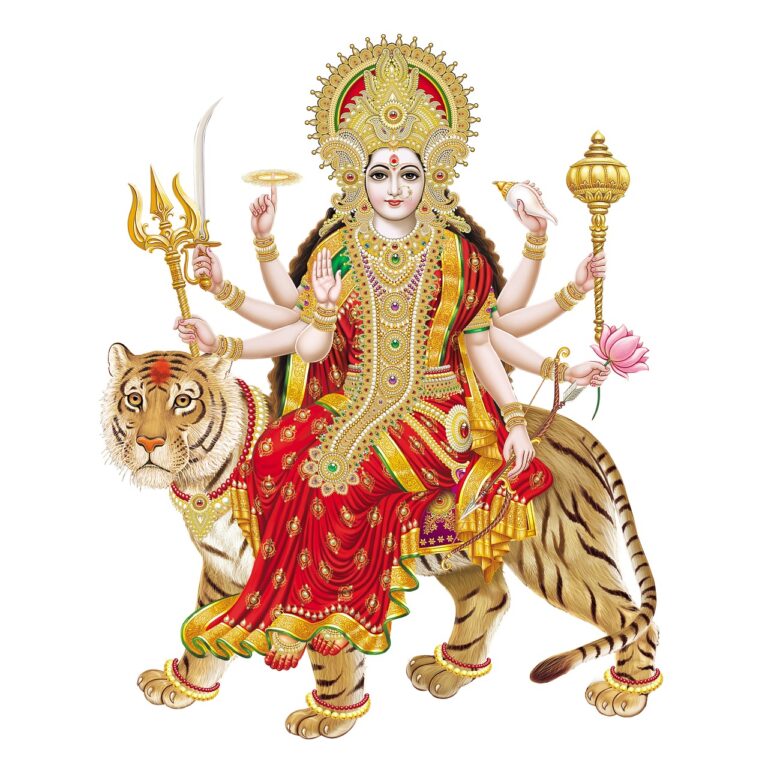Addressing Voter Suppression: Challenges and Solutions
One prevalent form of voter suppression is strict voter ID laws. These laws require individuals to present specific forms of identification in order to vote, which can disenfranchise marginalized communities who may face barriers in obtaining the required IDs. Critics argue that these laws disproportionately impact low-income individuals, elderly voters, and people of color, making it harder for them to exercise their right to vote.
Another common tactic used to suppress voters is voter purging. This involves removing individuals from voter rolls, often on the basis of outdated or inaccurate information. While voter purging is intended to maintain accurate voter rolls, it can result in eligible voters being mistakenly purged and subsequently turned away at the polls on Election Day. This form of suppression particularly affects marginalized communities who may already face obstacles in accessing and participating in the electoral process.
Historical Context of Voter Suppression
Voter suppression in the United States has a deep-rooted history that dates back to the earliest days of the nation. Initially, voting rights were confined to white male property owners, effectively excluding women, African Americans, Native Americans, and other marginalized groups from participating in the democratic process. Over time, various tactics such as poll taxes, literacy tests, and outright violence were employed to prevent these communities from exercising their right to vote.
The passage of the 15th Amendment in 1870 granted African American men the right to vote, but this progress was quickly undermined by Jim Crow laws and other discriminatory practices that disenfranchised Black voters. The civil rights movement of the 1960s saw significant strides towards combating voter suppression, with the Voting Rights Act of 1965 prohibiting racial discrimination in voting. However, modern-day voter suppression tactics continue to pose a significant threat to the full and equal participation of all eligible voters in the electoral process.
Impact of Voter Suppression on Marginalized Communities
Voter suppression has had a profound impact on marginalized communities across the United States. Through tactics such as voter ID laws, voter roll purges, and limited access to polling stations, marginalized individuals are often disenfranchised and unable to fully participate in the democratic process. This systemic suppression perpetuates power imbalances and undermines the voices of those who are already struggling to have their concerns addressed by the government.
The effect of voter suppression is particularly felt by communities of color, low-income individuals, and young voters. These groups face barriers that make it difficult for them to register to vote, cast their ballots, or have their votes counted. As a result, their political power is diminished, and policies that impact them directly may not reflect their needs and interests. Voter suppression thus serves to perpetuate inequality and hinder progress towards a more inclusive and equitable society.
What are some common forms of voter suppression?
Common forms of voter suppression include restrictive voter ID laws, voter purges, gerrymandering, limiting early voting opportunities, and closing polling locations in marginalized communities.
Can you provide some examples of historical voter suppression in the United States?
Some examples of historical voter suppression in the United States include literacy tests, poll taxes, grandfather clauses, and intimidation tactics used to prevent marginalized communities from exercising their right to vote.
How does voter suppression impact marginalized communities?
Voter suppression disproportionately affects marginalized communities by making it more difficult for them to access the ballot box and have their voices heard in the democratic process. This can result in decreased voter turnout, representation, and political power for these communities.







